 N2
N2 昇
1. Overview of MeaningThe kanji "昇" (shō) means "to rise" or "to ascend." It is often used to describe the act of going ...
 N2
N2 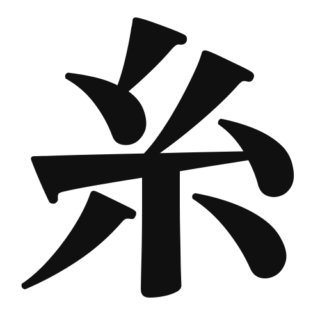 N2
N2 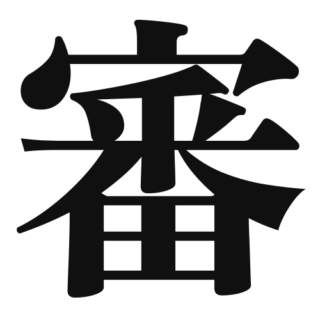 N1
N1  others
others 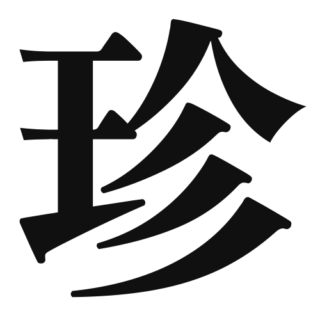 N2
N2 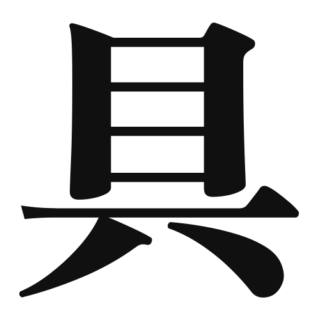 N3
N3 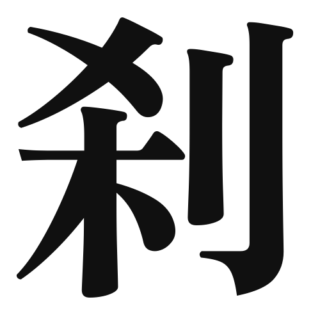 others
others 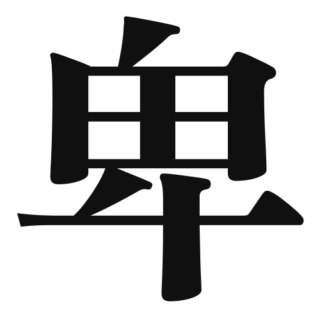 N1
N1 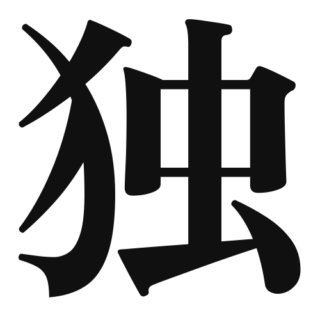 N1
N1 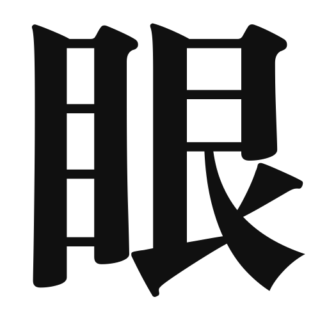 N1
N1